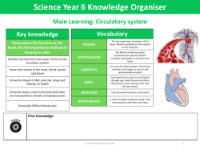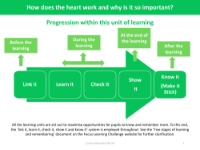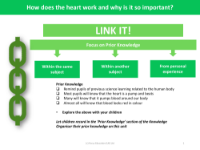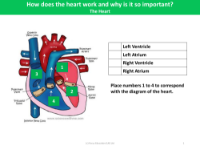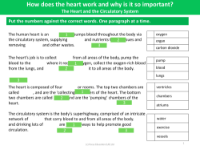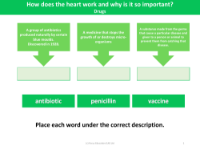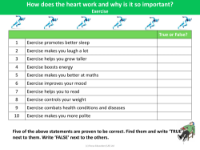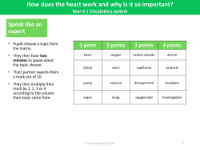Long-term overview - Heart and the Circulatory system - Year 6
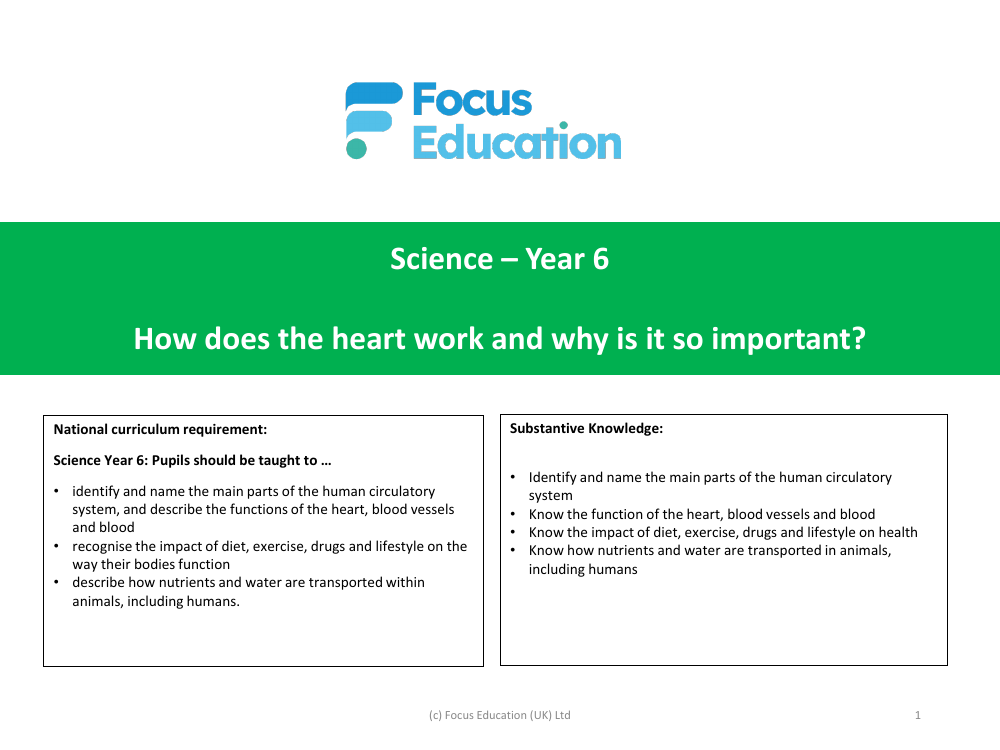
Science Resource Description
The Year 6 science curriculum emphasises the importance of understanding the human circulatory system as part of the National curriculum requirements. Pupils are expected to identify and name the key components of the circulatory system, including the heart, blood vessels, and blood, and to explain their functions. They are also taught to recognise how diet, exercise, drugs, and lifestyle choices can influence how their bodies function, and to describe the mechanisms by which nutrients and water are transported within the bodies of animals, including humans. This foundational knowledge is crucial for students to grasp the complex interplay between lifestyle choices and bodily health.
In addition to substantive knowledge, the curriculum incorporates working scientifically through various methods. Pupils engage in fair testing by examining the impact of exercise on heart rate, conduct research to understand the effects of drugs on the body, and seek patterns by comparing resting heart rates among different individuals. They also explore historical scientific contributions, such as the work of William Harvey and his influence on modern science. The curriculum ensures that the study of the human circulatory system is not isolated but linked to previous years' learning, including the digestive system covered in Year 4. This long-term overview ensures that pupils develop a comprehensive and integrated understanding of human biology by the end of Year 6.
